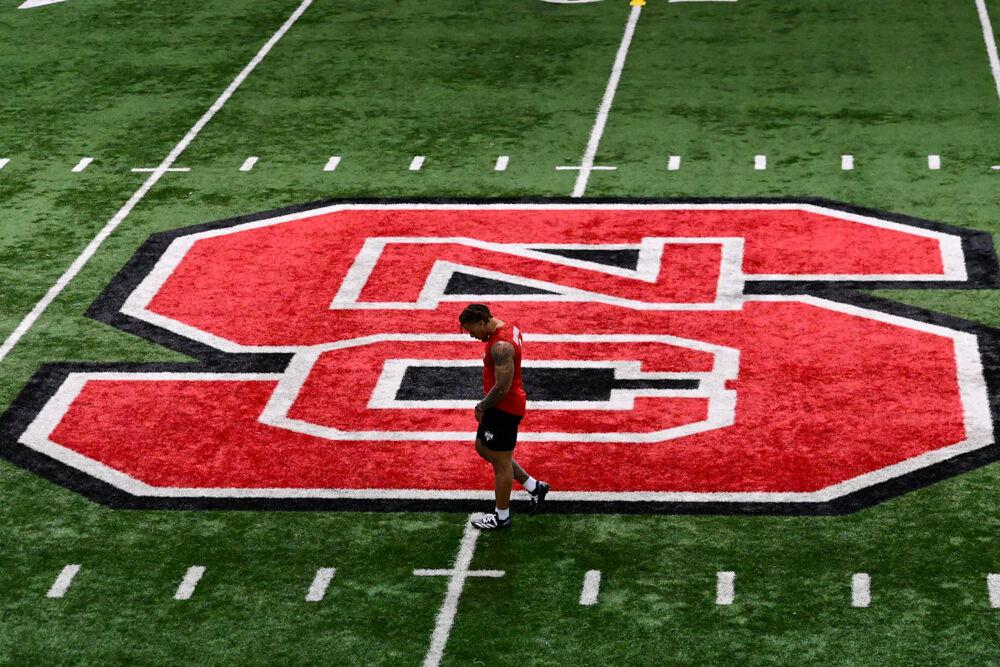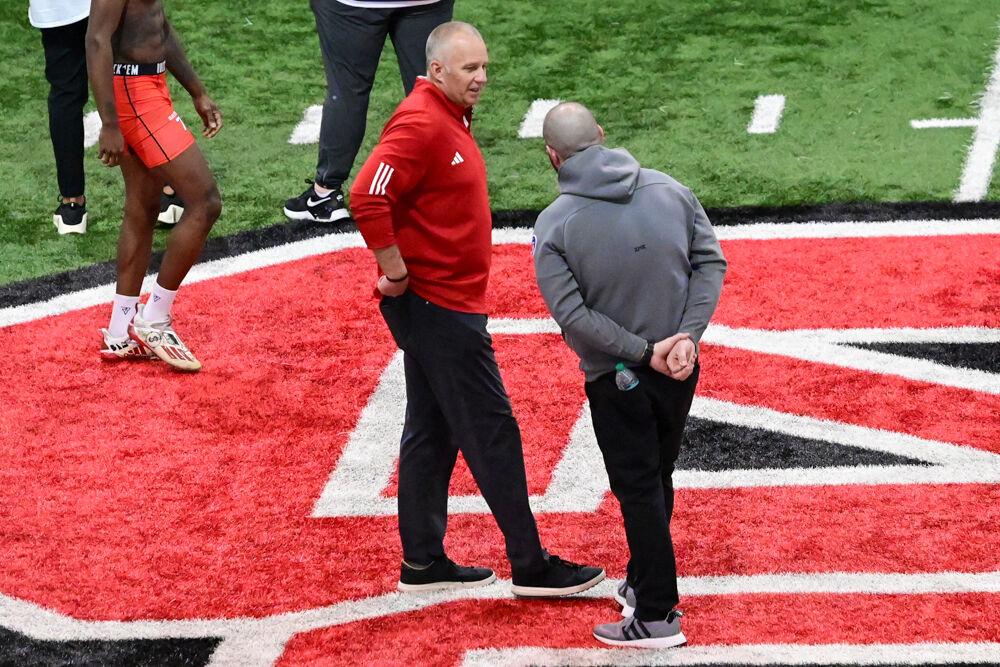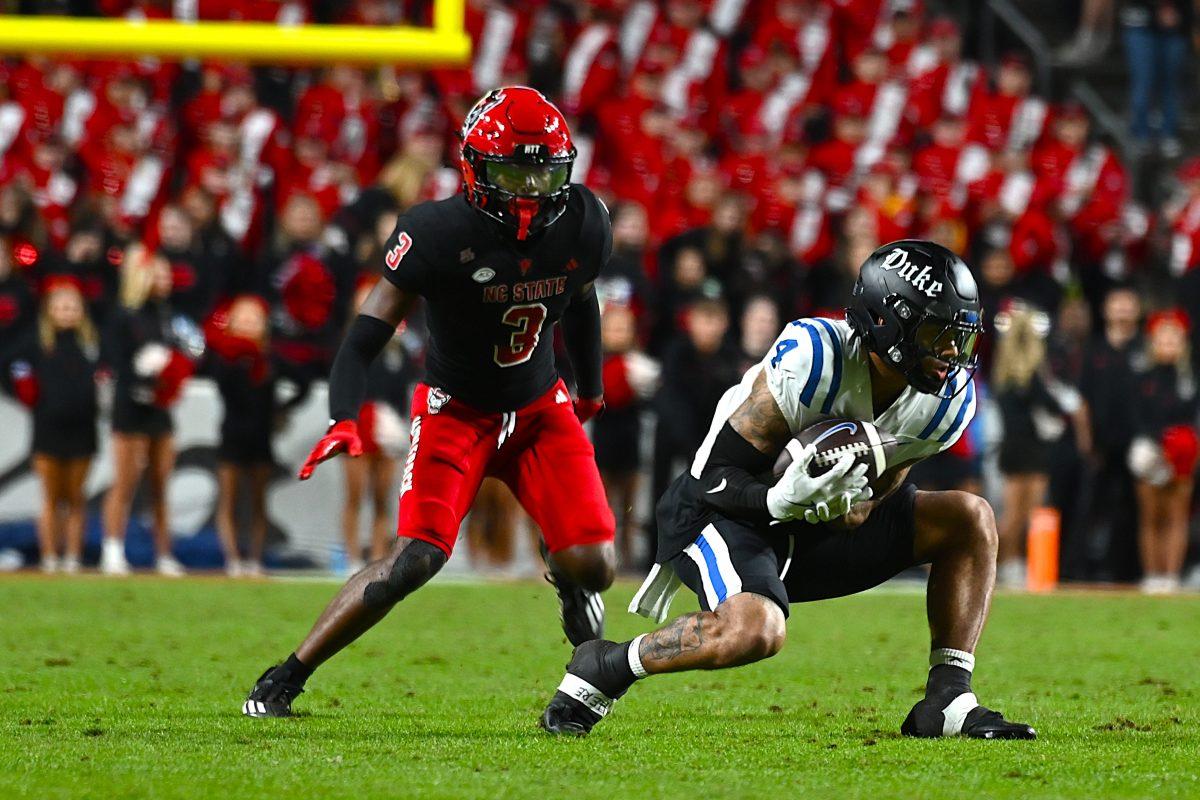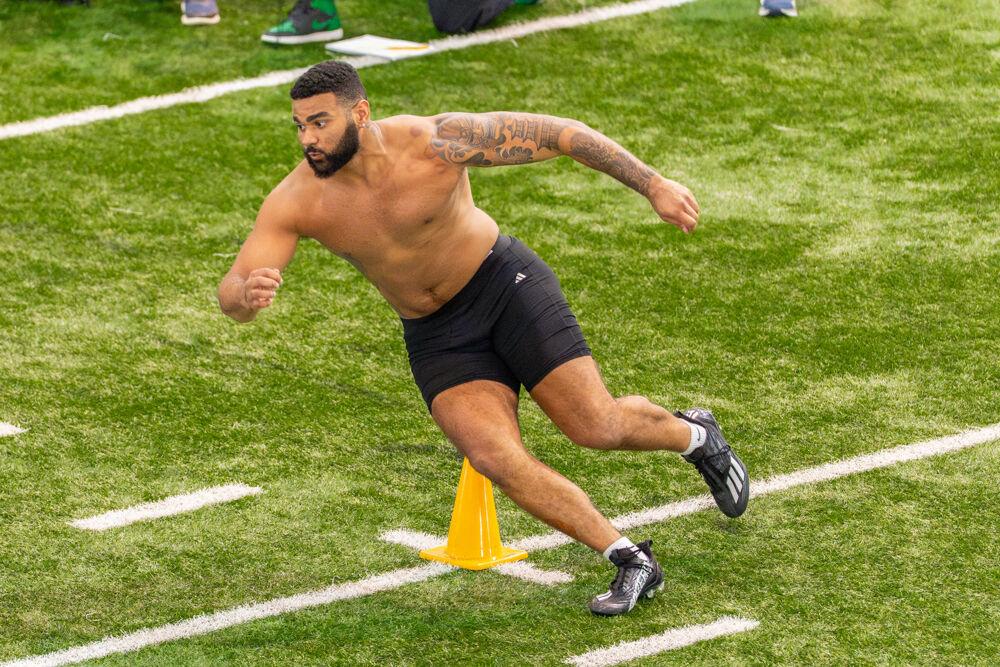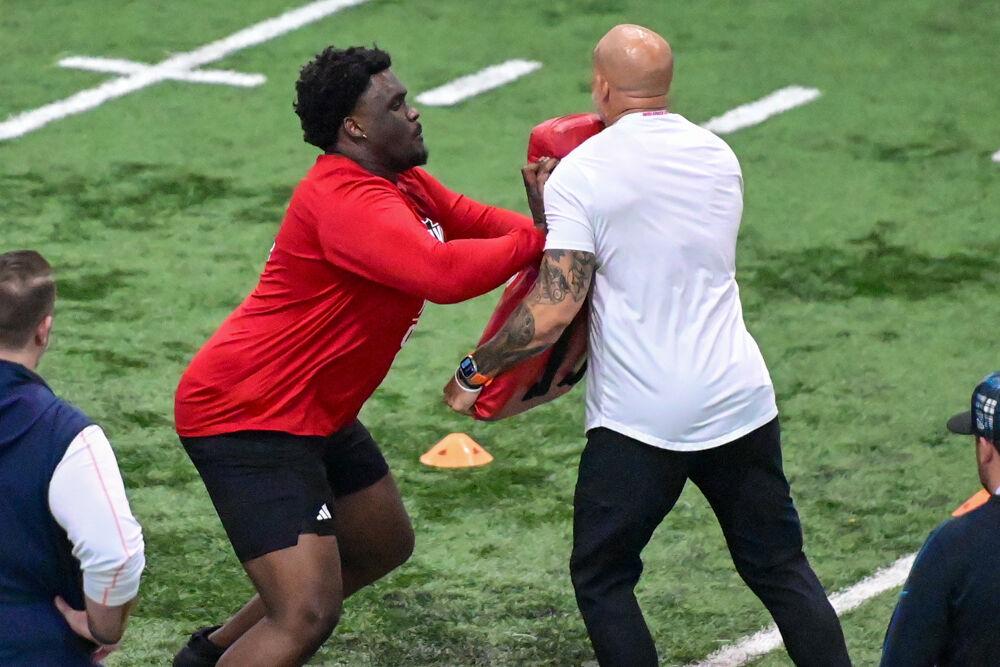Recently, the NFL owners voted on some rule changes for the 2016-2017 season. Here are some of the rule changes and the impact they could have on the league.
It is apparent that for the coming season, the league wants to focus on protecting the players as much as possible. The first major rule change that proves this is the new rule on chop blocks. A chop block occurs when a player who is being blocked up high is also blocked below the waist by a second player. In the past, the rule stated that this is only legal during running plays. If it occurs outside of a running play, then it is a 15-yard penalty. The new rule now makes all chop blocks illegal; any chop block will result in a 15-yard penalty.
This rule is a bit different because it focuses on a player from the waist down. In recent years, the league has shifted a lot of its focus to protecting the head and neck area. This is a much-needed rule change. When witnessing a chop block, it almost always looks like a cheap shot or dirty play, and it just doesn’t belong in the game.
While it isn’t apparent at first glance, this next rule change is all about protecting the player as well. Touchbacks will now move the ball up to the 25-yard line for the receiving team. This is also the rule for college football. The purpose of the rule is to decrease the number of kickoff returns that occur.
The league has noticed that a large number of dangerous hits happen during kickoff and punt returns. It makes a lot of sense, considering these are two plays in football where the majority of the players are running 50-60 yards at full speed toward the exact same person. Blind-side hits as well as low hits that happen at those speeds tend to be dangerous. With this rule change, there is less incentive for a kick returner to take the ball out of the end zone.
However, I, along with many others, am not very fond of this rule. The purpose is understandable, but this puts coaches and kickers in a pickle. Are coaches going to decide to tell their kickers to stop trying to boom it out of the back of the end zone? Maybe they’ll decide to have them purposely aim for the 5- or 10-yard line gambling that the returner won’t make it past the 25. Perhaps some coaches will continue to aim for touchbacks every time.
To me, especially for high-powered passing offenses, a 25-yard line start is a big advantage. As for kickers, touchbacks tend to be one of the best ways of rating them. If teams decide to stop kicking touchbacks, this could change. Kickers could become like punters in that their aim would be to try to pin the other team back. This will require accuracy instead of just pure brute leg strength.
The last major rule isn’t really a change, but it solidifies a rule that was on a one-year trial period last season. The extra point will now permanently be kicked from the 15-yard line. Before last season the ball was placed on the 2-yard line. This presented a 20-yard field goal attempt. The kick was almost automatic, made at a 99.3 percent rate the year before last. This past season, the ball was moved back to the 15-yard line, which presented a 33-yard field goal.
As expected, the trial created a bit more difficulty in that only 94.2 percent of attempts were converted. The trial has now been voted on to become the permanent spot for extra points this year, which could continue to make games slightly more interesting.


